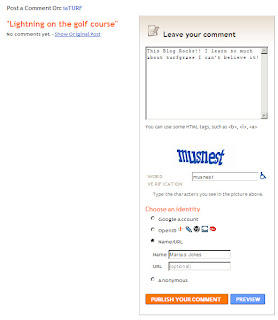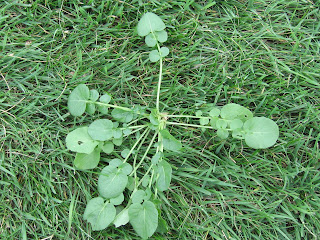
Derek Harmon, 27, passed away July 10, 2009 at his home in Ames. He worked on the maintenance staff at Veenker Memorial Golf Course. Derek was leading the Audubon Certification program and was involved in all phases of the reconstruction project this past season. Derek was a Senior at Iowa State University and a great friend to many. We will miss you Derek and always remember how you touched so many lives.
Friend
Thoughts on your life, and the enjoyment I received from the short relationship.
-Seeing you respond to the many challenges you faced in life…too many
-Remembering the smile on your face on Thursday, July 9th when to our surprise almost 85 percent of the small trees we planted this spring were surviving
-The satisfaction of having the golf course ready for another Iowa Masters Tournament
-The personal relationship you had with our land and natural resources
-The growing in of our native areas to reduce pesticide usage and to improve the water runoff into our environment
-Proper placement of the bluebird houses, the joy you had when almost 40 new bluebirds hatched at Veenker and now are part of the Veenker habitat
-Informational talks we had about the wildlife habitat both at Veenker and your favorite hunting spots, and how we could help protect this precious land and resource
-Developing the plans for new Veenker and its environment
-Your hunting and fishing adventures
-Boating on Veenker to help wash off greens after the flooding
-The garden you and your Dad planted this spring, and how great the potatoes tasted
-The mushroom hunts and the secret spots
-Listening to tales about the Chicago Cubs, Bulls, & Bears
-Seeing your joy when you purchased your golf season pass (Pass number 1) and promptly went out and shot 39…WOW
-Always drinking the Cyclone Kool-Aid seeing that next great victory
-Your displeasure with fellow staff members when they may have taken a shortcut or not completed a task to the best of their abilities
-The renovation project we all went through, and the joy of successes, and hard fall’s with some of our failures
-I would go on but tears keep me from wanting to remember all the great times
Thanks for all the memories.
John Newton
Golf Course Superintendent
Veenker Memorial Golf Course








 To leave a comment, just click on “0 comments” directly below the post. This will open a new screen where you type in your comment and some other information. Type your comment in the box provided. A “word verification” is located below the comment
To leave a comment, just click on “0 comments” directly below the post. This will open a new screen where you type in your comment and some other information. Type your comment in the box provided. A “word verification” is located below the comment 












.JPG)
.JPG)







.jpg)



